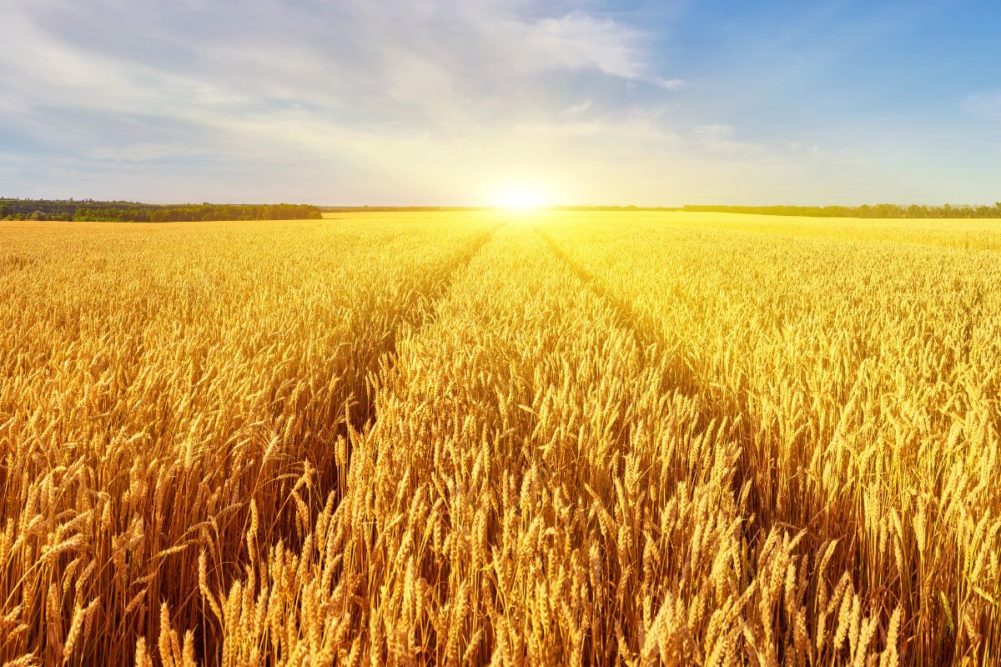KANSAS CITY, MISSOURI, US — At the dawn of September, the winter wheat crop was largely in the bin while the spring wheat crop was just more than half harvested and progressing slowly due to weather delays.
The 2023 US winter wheat harvest was 96% complete by Aug. 20, the US Department of Agriculture said in the final aggregate winter wheat harvest update in the Department’s weekly Crop Progress report. That compared with 94% a year earlier and matched the five-year average for the date. States with winter wheat remaining in fields at that time included California (97% complete), Colorado (99%), Idaho (70%), Michigan (95%), Montana (78%), Nebraska (99%), South Dakota (97%) and Washington (87%). The USDA’s Montana field office continued to publish harvest updates and said winter wheat in Big Sky Country was 80% harvested by Aug. 27 compared with 91% as the recent five-year average for the date.
A Michigan miller said the soft red and soft white winter wheat harvests there were wrapped up by the third week of August. He estimated 90% to 95% of the crop came off in good shape despite challenges during the growing season, which included an unusually dry May and June, followed by “a bit too much rain when they were trying to harvest it” in August.
Meanwhile, the spring wheat harvest was advancing at a pace faster than in 2022 when the crop was seeded late due to excess moisture and flooding, but slower than the recent five-year average for the date. Harvest in the six production states was 54% complete by Aug. 27, compared with 39% a week earlier, 48% a year earlier and 63% as the 2018-22 average. Harvest completion was 38% in North Dakota (24% a week earlier, 56% as the five-year average), 91% in South Dakota (75%, 88%), 57% in Minnesota (41%, 72%), 71% in Montana (60%, 64%), 44% in Idaho (27%, 62%) and 78% in Washington (53%, 66%).
In its Aug. 29 weekly harvest report, the North Dakota Wheat Commission said the slower-than-normal harvest could be attributed to several factors.
“While much of the state saw warmer-than-normal temperatures last week, there was some rain, mostly in the northern tier, which stalled harvest progress,” the NDWC said. “A bigger issue this past week was high humidity levels, heavy fog, and thick morning dew. These conditions made for very short harvest days and made harvesting impossible on some days.”
The days following that report featured warmer temperatures and precipitation in small areas of North Dakota’s northern tier, so the pace of wheat collection was expected to pick up.
Dry conditions that plagued the northern Plains during much of the growing season took an even more drastic toll on spring wheat and durum crops in Canada’s southern Prairies. Statistics Canada on Aug. 29 projected Canada’s 2023 all-wheat crop at 29.47 million tonnes, down 14% from 2022, and below 30.4 million tonnes as the average trade expectation. Statistics Canada estimated Canada’s spring wheat crop at 22.10 million tonnes, down 14.5% from 25.84 million tonnes in 2022, and its durum crop at 4.26 million tonnes, down 26% from 5.79 million tonnes in 2022.






